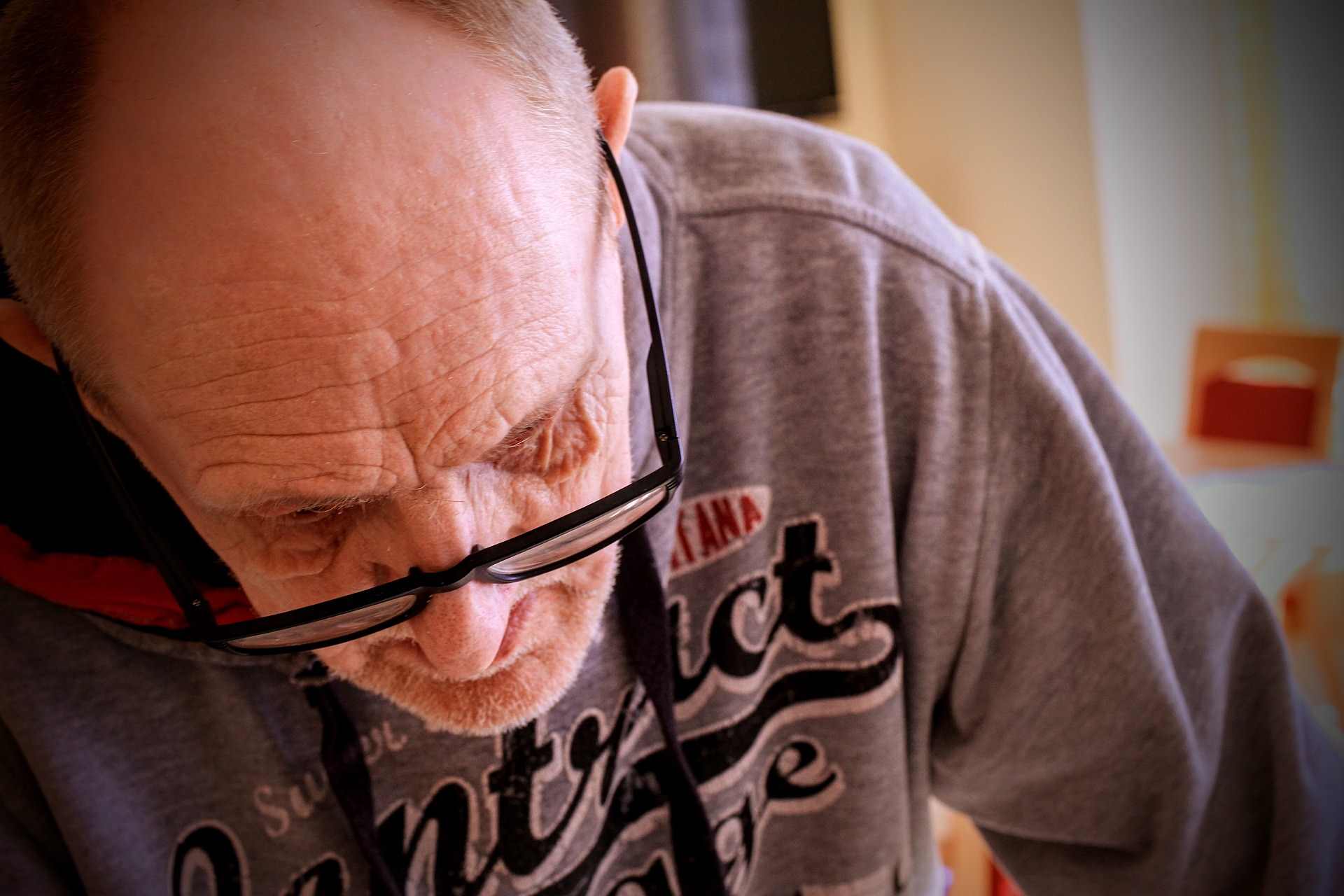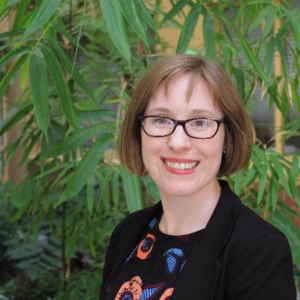
More than 50% of Australians living in residential aged care facilities have a dementia diagnosis, with aged care services around the world preparing for the number of older people aged 65 years and above to double in the next 30 years.
For the first time, experts at the Caring Futures Institute at South Australia’s Flinders University are using innovative eye-tracking technology to ensure that the voices of all older people are heard to drive positive and effective change in keeping with the Royal Commission into Aged Care Quality and Safety’s call to re-assess the quality of aged care in Australia.
The Flinders University research group been instrumental in forging significant progress within the aged care sector by developing two new validated quality assessment tools – the Quality of Life-Aged Care Consumers (QOL-ACC) and the Quality of Care Experience-Aged Care Consumers (QCE-ACC) – which are available and being used throughout the sector.

Now, the eye-tracking technology with older people living with dementia in residential aged care facilities will improve the online assessment tools to enable wider collection of self-reported quality of care and quality of life information from older people themselves, says Matthew Flinders senior research fellow Dr Rachel Milte of new article published in Quality of Life Research.
“Older adults living with a diagnosis of dementia in residential care can find it challenging to respond to traditional text based questionnaires to rate the quality of life and quality of care they receive.
“By using eye-tracking technology we can collect crucial information about how older people with dementia read and respond to questionnaires, helping to understand how we can better design and adapt these for their needs.”
In the study, researchers asked 41 residents ranging from ‘no’ to ‘mild or moderate’ cognitive impairment to complete a simple quality-of-life survey while sitting at a computer installed with eye-tracking technology.
In real time, the technology records where participants focus their eye gaze while completing the questionnaire, the text they read and don’t read, and parts of the questionnaire they spend the most time looking at.
“This information helps us to design questionnaires which are easier for older people to complete, as well as understand whether they are reading all the key information to give high quality data for use in assessing quality of care in residential aged care homes.”
Dr Milte and her colleague Dr Jyoti Khadka are now expanding this research program with funding from an Australian Association of Gerontology Strategic Innovation Grant.

“The next project will focus on maximising self-completion of questionnaires and reduce the need to rely on proxy assessments by family members or close friends, which will support the scalability and cost-effectiveness of the National Aged Care Mandatory Quality Indicator Program,” says Dr Khadka.
“To have an aged care system which truly meets the expectations of all Australians, we need to understand the quality of care of all older people from their own perspectives. This includes people with dementia,” he says.
“We know from research in the disability sector and aphasia (language disorder) research that people with communication difficulties can self-report their own quality of life, if instruments are tailored to their needs and abilities,” he says.
The research will draw together information from diverse research areas including accessible communication, aged care research and health economics and bring it together for the first time to develop quality assessment tools which support the inclusion of self-reported quality of life and quality of care data from people living with dementia.
These accessible communication tools will be designed to be applied alongside traditional text based questionnaires to enable a broad understanding of the quality of care experienced by older people in residential aged care.
“Ultimately, the new tools will provide accurate information to policy makers and practitioners about which innovations in care should be funded to improve the quality of life and wellbeing of all older Australians,” concludes Dr Milte.
The article, Feasibility of self-reported health related quality of life assessment with older people in residential care: insights from the application of eye tracking technology (2023) by Rachel Milte, Matthew Crocker, Kiri Lay, Julie Ratcliffe, Brendan Mulhern, Richard Norman, Rosalie Viney and Jyoti Khadka has been published in Quality of Life Research (Springer) DOI: 10.1007/s11136-023-03488-w.






